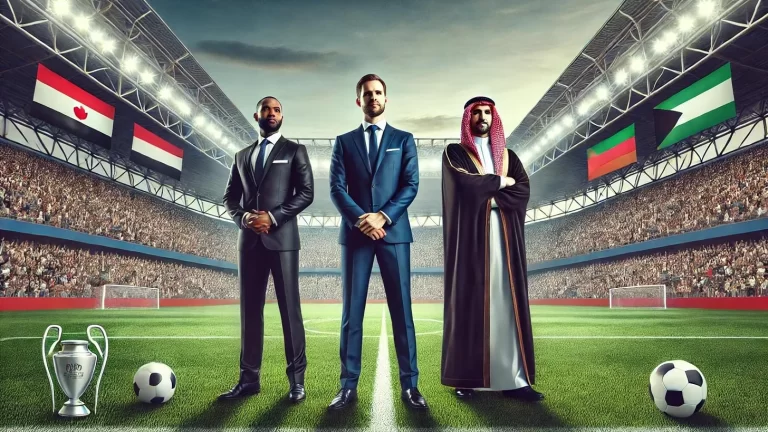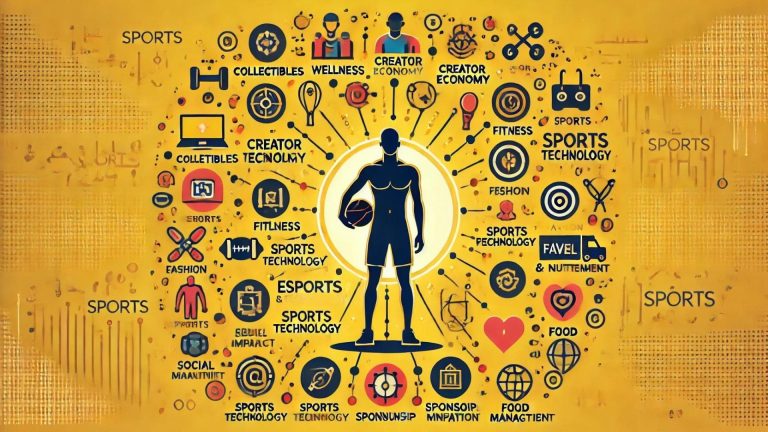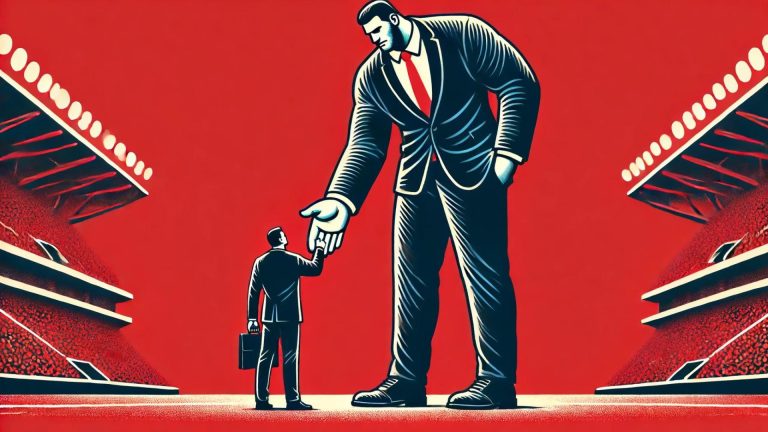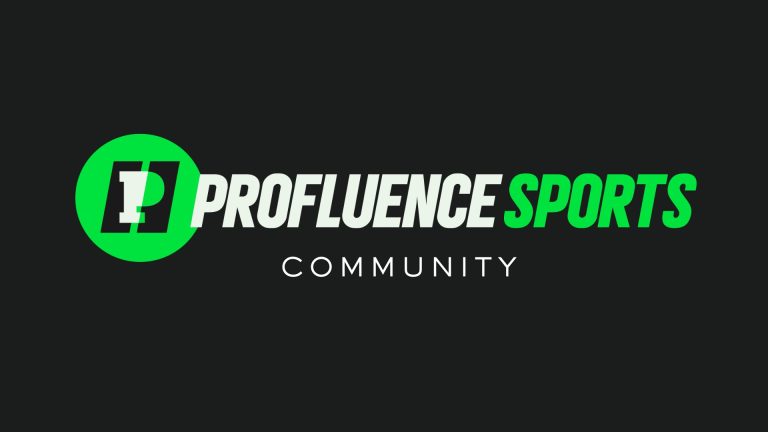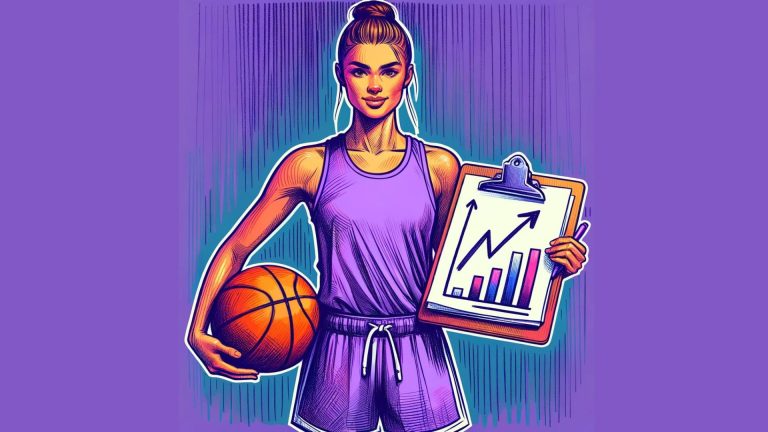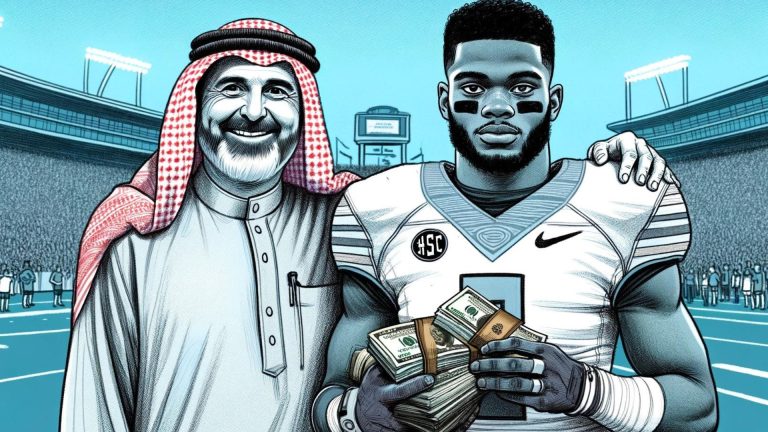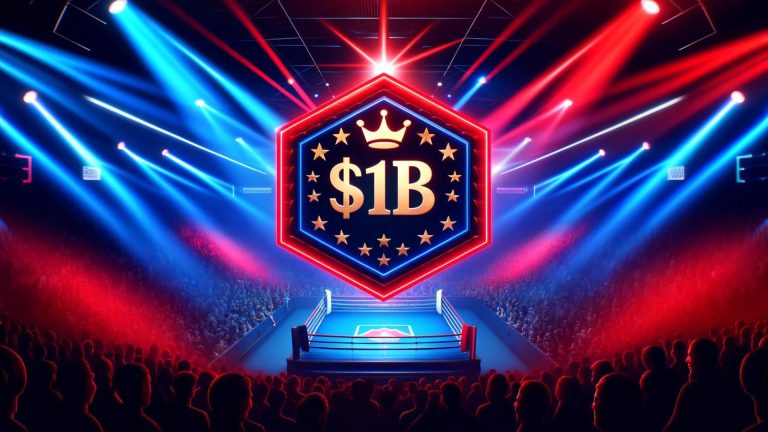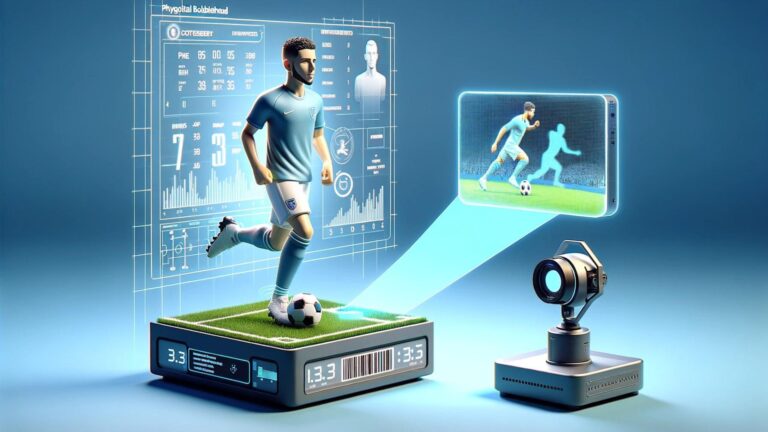Last week there was some interesting news many brushed off…
A group of sports content creators, raised $100M to continue building on top of their media.
Who am I talking about? Dude Perfect.
We’re at an inflection period in sports where influence and power are being redistributed (as viewing habits transform).
Let’s Dive In 👇
Dude Perfect Summary
Dude Perfect is an American sports and comedy group with a huge GenZ following.
What’s crazy…is that it all started with a viral trickshot video in 2009:
- 100 million+ audience
- live events
- retail, food, & beverage partnerships
- now a huge $100m equity financing
- building a facility & more media (podcasts, documentary, etc)

The 𝘤𝘳𝘦𝘢𝘵𝘰𝘳-𝘭𝘦𝘥 media landscape (and its capacity to generate billions of views annually) is starting to gain traction.
Some reasons I see why:
- People trust people more so than brands
- People enjoy the story and seeing the evolution
- Creators want to monetize beyond just sponsorships
100 million audience = $100M raised to build on top of their channels.
I’m curious to see what other sports creators (or athletes) will look to do something similar.
But what I know for sure…
The next great mega-companies are looking like they’ll start with influencers as the owners (and not the influencers as just ambassadors).
Learnings From the WWE
It’s no secret that live games are the pillar of every league’s revenue strategy…
Live media rights comprise, on average, 43% of the overall revenues for the top three American sports leagues.
It’s paramount for fans to feel invested in the core narrative and the personalities that are driving it (you want fans to watch from home — therefore maximizing viewership and revenue potential).
The WWE has built an empire by deliberately engineering this crucial dynamic.
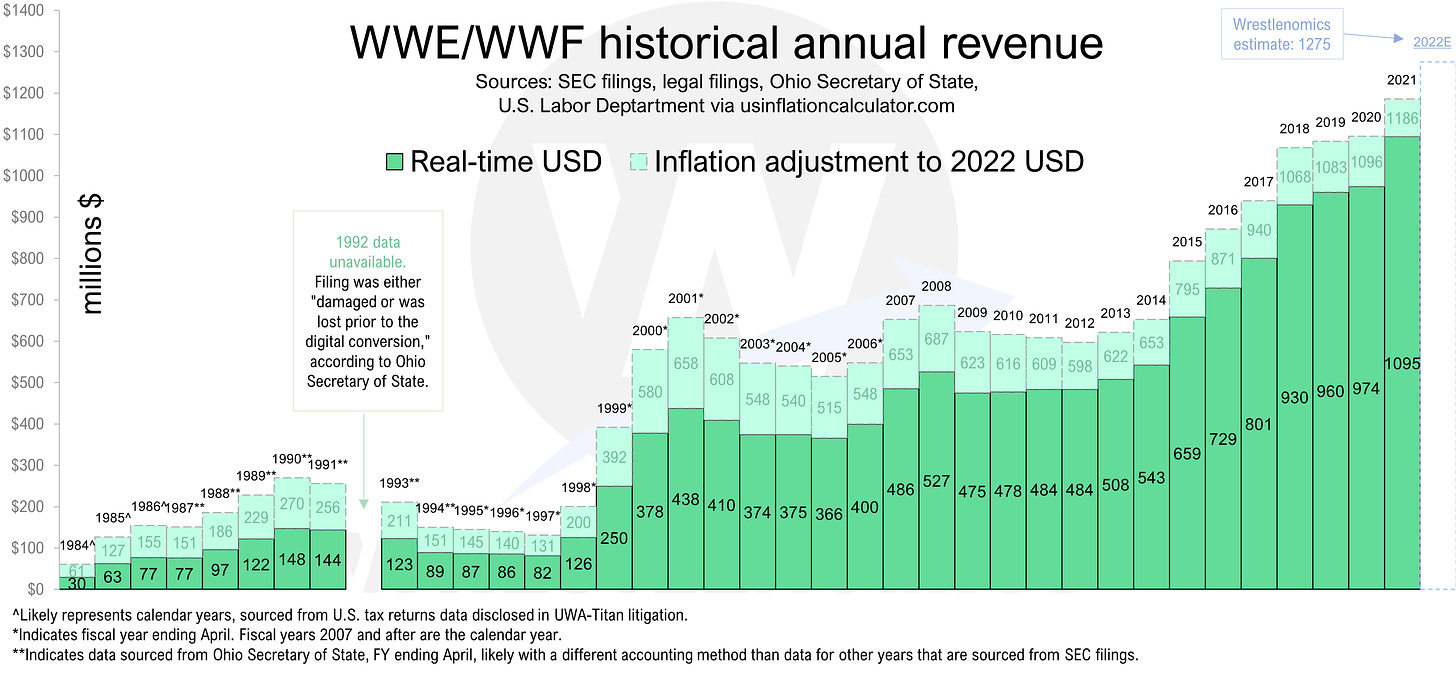
So how did they do it?
For decades, the WWE used its weekly cable broadcasts to develop characters, rivalries, and dramatic storylines, which culminated in tentpole pay-per-view events.
The league has brilliantly translated this “soap opera” model into the digital age.
The WWE has established itself as a social media powerhouse:
- 1 billion+ social media followers
- 28 billion+ annual social video views
They also use “omnichannel storytelling” to promote athletes, amplify their personalities, and empower them to engage with fans directly.

By way of example, John Cena is the most-followed athlete on Facebook with 54 million followers.
From Socials to Screens
WWE’s supplementary content across social media generates buzz around its central storylines and the visibility of its athletes — which combine to drive viewership to the league’s biggest moneymaker: live events.
The results?
- Massive Netflix deal.
- TV ratings increased by 20% YoY.
- 3.6x greater linear distribution deals with Fox Sports and USA Network
- Exclusive streaming rights of its OTT platform to Peacock for over $1B.
- WWE was acquired by Endeavor for $9.3 billion.

Although traditional sports leagues are supposed to be unscripted…
They can still implement WWE’s playbook by using supplemental content to heighten the dramatic stakes of live broadcasts.
Formula 1 is another great example.
After the 2nd season of its hit Netflix docuseries, Drive to Survive, which showcases the personalities and dramatic stakes underlying each race, Formula 1’s ratings in the U.S. were up 36% YoY.
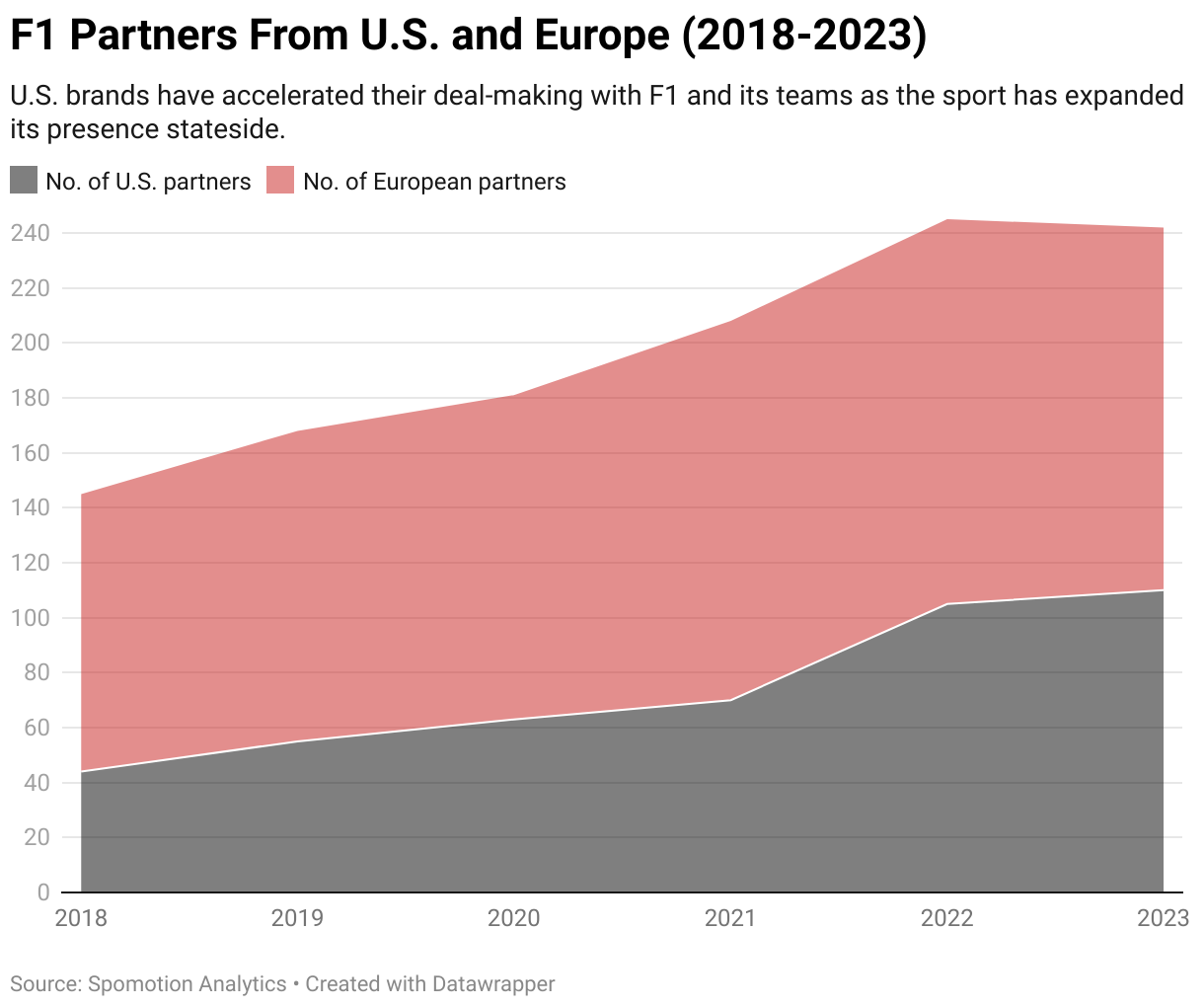
The strategic imperative to transform athletes into “personalities” has been heightened due to the shifting consumption preferences of GenZ, which now accounts for 20% of the US population.
Dude Perfect’s $100m deal is starting to make a lot of sense…right?
Creator-Led Approach
The worlds of traditional sports and digital/social entertainment are merging.
Traditional sports are using “top-funnel” storytelling to engage new audiences and drive viewership to live games.
And social creators are using sporting events as “bottom-funnel” activations that monetize their social engagement:
- Dude Perfect’s live events
- Jake Paul and other influencer boxers
- Celebrity golf events led by YouTubers
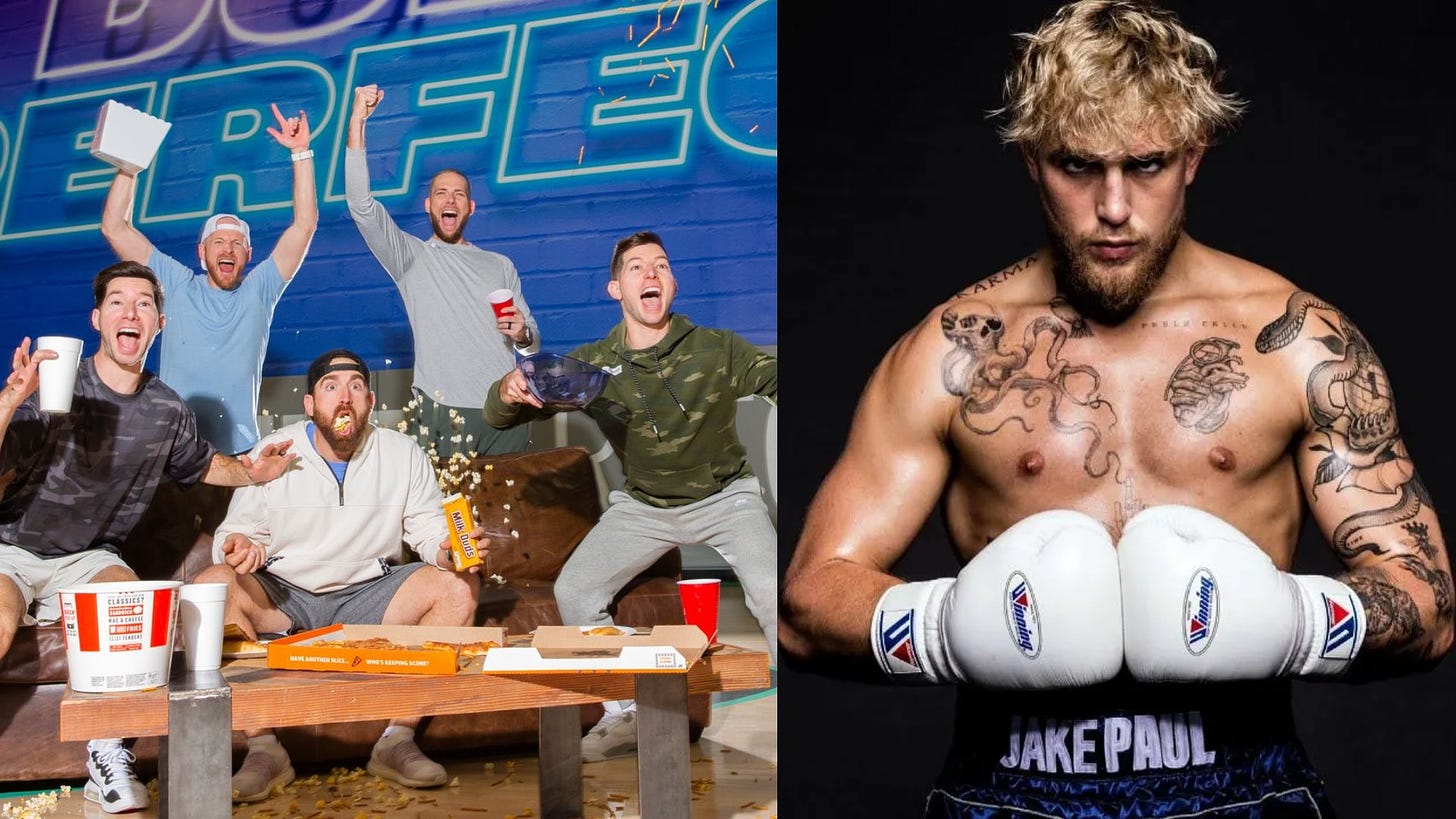
These creator personalities are more popular and trusted than traditional athletes and celebrities…
- 72% of GenZ and Millennials follow a social influencer — roughly double the amount who follow a pro athlete or sports league.
- On average, 51% of GenZ and Millennial consumers trust promotional endorsements from a social influencer, while only 41% say the same about traditional athletes and celebrities.
More creators are playing sports — and more athletes are becoming creators (we’re seeing this in real-time across the college landscape thanks to NIL).
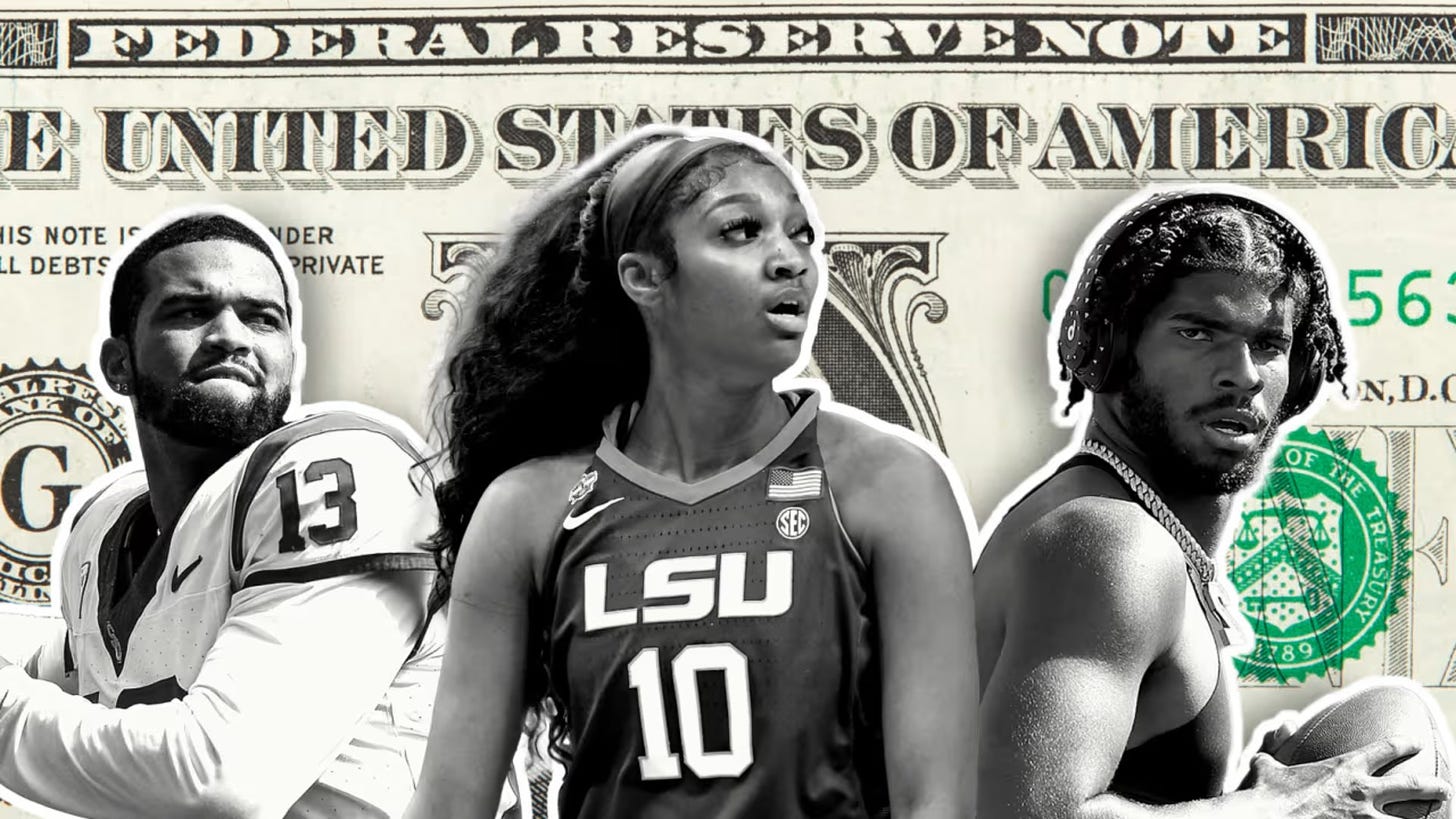
There is one problem though for creators…
They may have passionate fanbases, but they lack the monetization pathways of sports teams, leagues, and athletes.
Looking Ahead
Sports and entertainment have always been one and the same.
The appeal is now global thanks to social media (which is only 15-year-old technology).
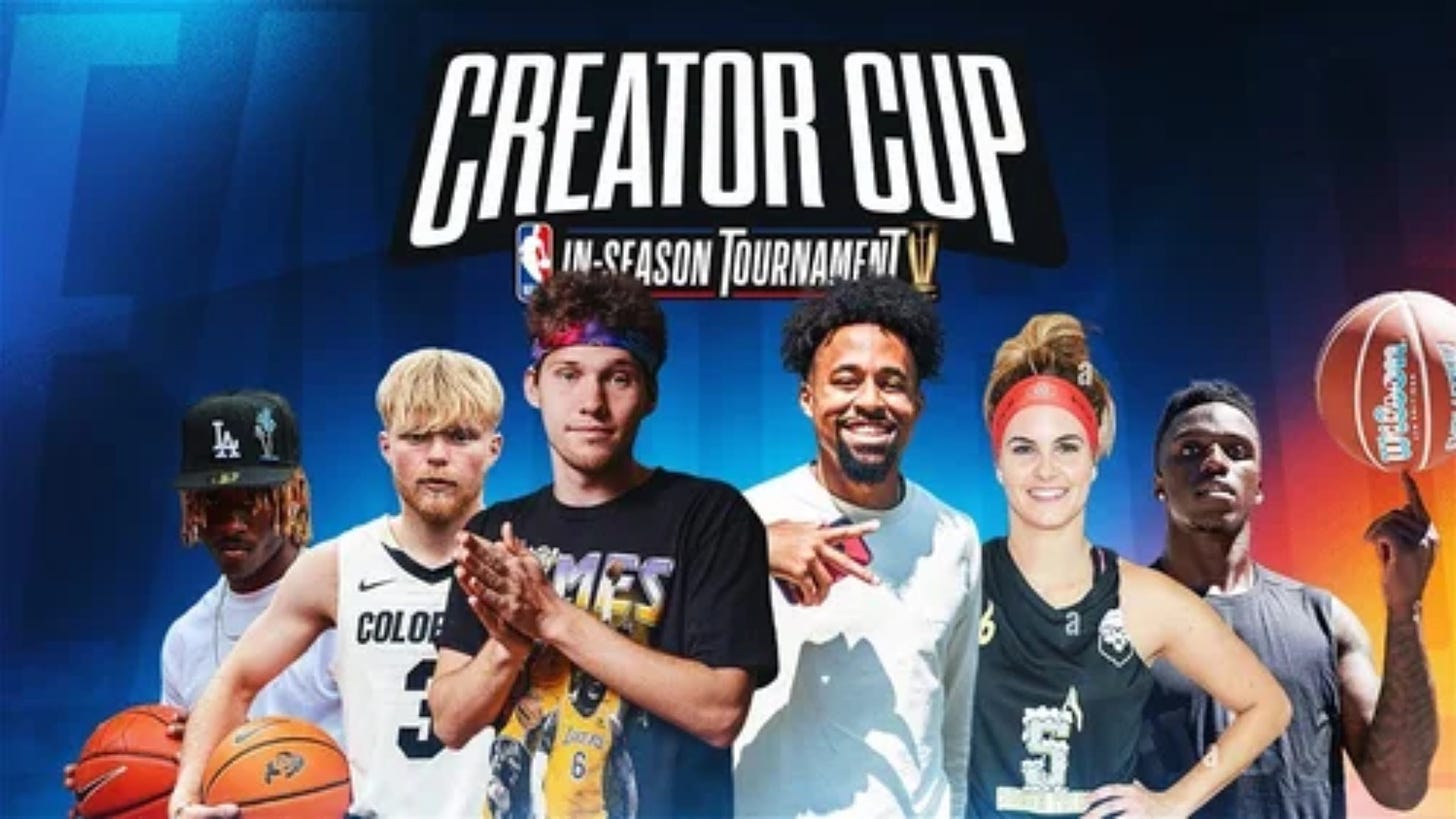
I think we’ll see more creator sports competitions built on the convergence of some powerful trends:
- booming live sports market
- growing fandoms around creator personalities
- the decline in traditional sports fandom among GenZ
- the emergence of the creator economy & NIL
Exciting times ahead!
